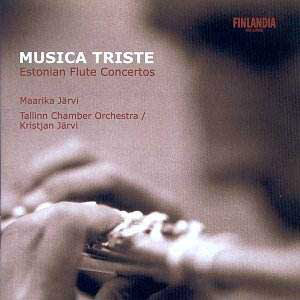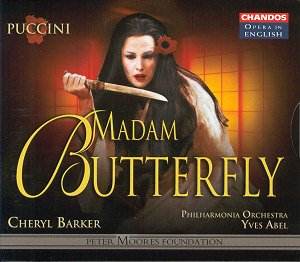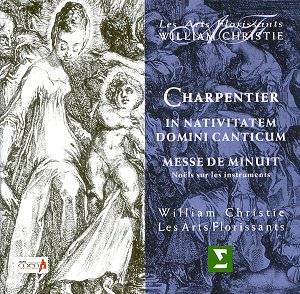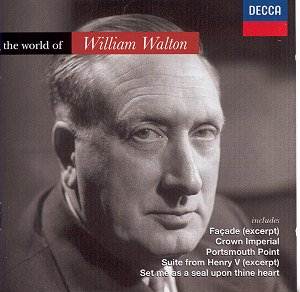 Composer: Eduard Tubin, Kundar Sink, Eino Tamberg, Heino Jürisalu
Composer: Eduard Tubin, Kundar Sink, Eino Tamberg, Heino Jürisalu
Works: Concerto for Flute and String Orchestra (Tubin), Concertino for Flute, Strings and Percussion (Sink), Musica Triste for Flute, Vibraphone, and Strings, Op. 85 (Tamberg), Concerto for Flute and Orchestra (Jürisalu)
Performers: Maarika Järvi, flute; Tallinn Chamber Orchestra; Kristjan Järvi, conductor
Recording: Estonia Concert Hall, Tallinn, Estonia, 7th September 2000 (Tubin), 6th September 2000 (Sink), 1st April 2001 (Tamberg), 5th September 2000 (Tamberg)
Label: FINLANDIA 0927-42991
The album “Triste – Estonian Flute Concertos” presents a compelling portrait of Estonia’s vibrant contemporary flute repertoire, featuring four distinct works that showcase the instrument’s capabilities within varied orchestral contexts. While Eduard Tubin stands as the most recognized figure among the composers, each offering reflects the rich cultural landscape of Estonia, revealing a tapestry of influences from folk traditions to modernist explorations.
Maarika Järvi’s performance is integral to the success of this recording. Her playing is marked by an exquisite blend of technical precision and expressive depth. Tubin’s Concerto for Flute and String Orchestra, originally conceived for flute and cello, is a testament to the composer’s ability to create a seamless dialogue between the flute and strings. Järvi’s interpretation captures the piece’s emotional arc, particularly in the outer movements, where her phrasing is both lyrical and deftly nuanced. The central scherzo-like movement is vivacious, and Järvi navigates its intricate passages with remarkable agility, allowing the buoyant character of the music to shine.
Kundar Sink’s Concertino offers a striking contrast, characterized by its neo-Classical charm and lighter textures. Here, the percussion instruments play a pivotal role, introducing an exotic flavor that complements the flute’s melodic lines. Järvi’s performance here is equally captivating, as she embraces the joyous spirit of the piece while maintaining clarity amid the vibrant orchestration. The playful interplay between the flute and strings creates a delightful sonic landscape that is both engaging and refreshing.
In stark contrast, Eino Tamberg’s Musica Triste takes listeners on a more contemplative journey. The work’s evocative textures, with the inclusion of vibraphone, conjure an atmosphere of mystery rather than overt melancholy. Järvi’s interpretation is masterful; her ability to draw out the subtleties of Tamberg’s orchestration allows the music’s rich colors to emerge. The layering of sounds and the delicate interplay between the flute and vibraphone create an immersive experience, drawing the listener into a realm of introspection and beauty that resonates long after the final notes fade.
Heino Jürisalu’s Concerto, while perhaps the most accessible work on the disc, presents its own challenges. The incorporation of piano alongside the flute and strings adds complexity to the texture. Järvi adeptly balances the various elements, ensuring that the flute remains a prominent voice amid the orchestral tapestry. The rhythmic vitality of the piece is infectious, and Järvi’s technical fluency shines through, particularly in the lively passages that invite a sense of celebration.
The recording quality is commendable, capturing the intricate details of each performance with clarity and warmth. The engineers have succeeded in balancing the orchestra’s rich sound with the flute’s ethereal voice, allowing for an intimate listening experience that feels both immediate and immersive.
This collection stands out not only as a showcase of Estonian talent but also as an invitation to explore lesser-known works that deserve wider recognition. The artistry of Maarika Järvi and the Tallinn Chamber Orchestra brings these compositions to life, making the album an essential listen for those interested in contemporary flute repertoire and Baltic music. The disc is a testament to the depth and diversity of Estonia’s musical heritage, beautifully articulated through compelling performances that resonate with both technical proficiency and emotional sincerity.



